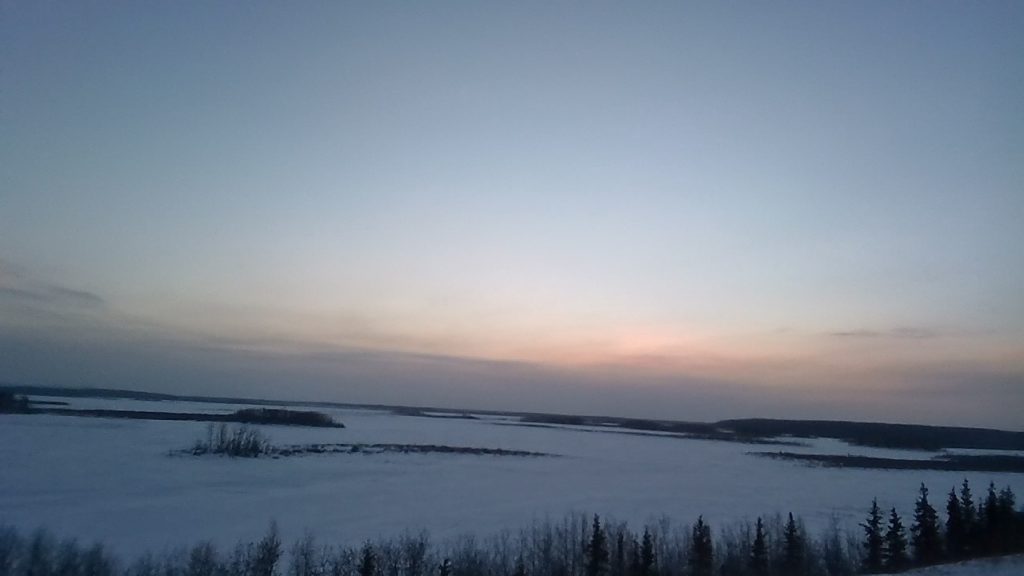I am beyond picky when it comes to reading fiction, but recently I realized that one of my pet peeves isn’t founded in fact. I tend to get really irritated when a science fiction author describes a planet as a “desert planet” or a “jungle planet.” I was muttering about this to my husband one day, talking about how tiny earth has such an incredible variety of climate zones, so how could some other, probably much larger, planet be nothing but, say, the Sahara? He replied, “Look at Mars.”
Indeed. Look at Mars, nothing but red rocks. And Io (Eye-Oh, that is), planet sized Galilean moon of Jupiter, nothing but volcanos. And Neptune, shimmering amethyst, a jewel worthy of Aphrodite herself. . .point taken.
So whither planet Earth? Strange creature she is, whom the Greeks believed to be a sentient being, mother to all living things. Who’s to say? Maybe our own peculiar life form, restless wanderers that we are, came to be here because of Earth’s unique nature. Imagine taking a vacation on Mars. Instead of spending all my time on this one lump of iron oxide, I will divide my time between several such lumps.
Now zoom in with me to Alaska. One doesn’t have to even leave the state to travel between planets. There are five distinct regions in the state, and each could be the setting for a different space opera. LeGuin’s The Word for World is Forest could, at least in theory, be filmed in the Tongass National Forest, while my current location—the Tolovana River in winter—would make a fine stunt double for the ice planet Hoth.

Fellow Earthlings, join me in celebrating our home world, where one might travel the cosmos without ever leaving home.
*********************************************************************
P.S. I switched the font for this from Calibri to Times New Roman, because in Calibri, “Eye-Oh” looks exactly like “low,” and that irritates me too. Seriously, with all the possible ways to put straight and curvy lines together, couldn’t we have made Eye look not the same as ell? I ask you.
Lovely writing!
Thank you, dear friend! I will be heading back to said rain forest in a couple of days.
Just one thought. I think a perception of uniformity or diversity is profoundly influenced by the distance from which one observes, whether that is spatial, temporal, or even cultural distance.
You are so correct. When you consider the extremes of temperatures in space, the hundred or so degree range on planet earth doesn’t seem like much. Thanks for your insight.
Look again at Mars. It has the deepest canyon and the highest mountain in the Solar System. At one pole is water ice, and at the other pole is CO2 ice. If you are into extremes, it is the place to visit.
I remember the part about the highest mountain, but the rest is new to me. It’s fascinating–as someone else just mentioned, the closer in you get, the more you are able to perceive diversity. I wonder why one pole is CO2.
I don’t know.
Well, I poked around some, and learned that apparently each pole has a cold enough winter to collect some CO2 ice, but one, I believe the southern pole, remains cold enough all year so that there is always a layer of frozen CO2. Not to mention that the valley you mentioned has a floor that is some five miles below the plain above it. . .truly amazing.
Your article is beautifully written, and gives much “food for thought”.
Thank you.